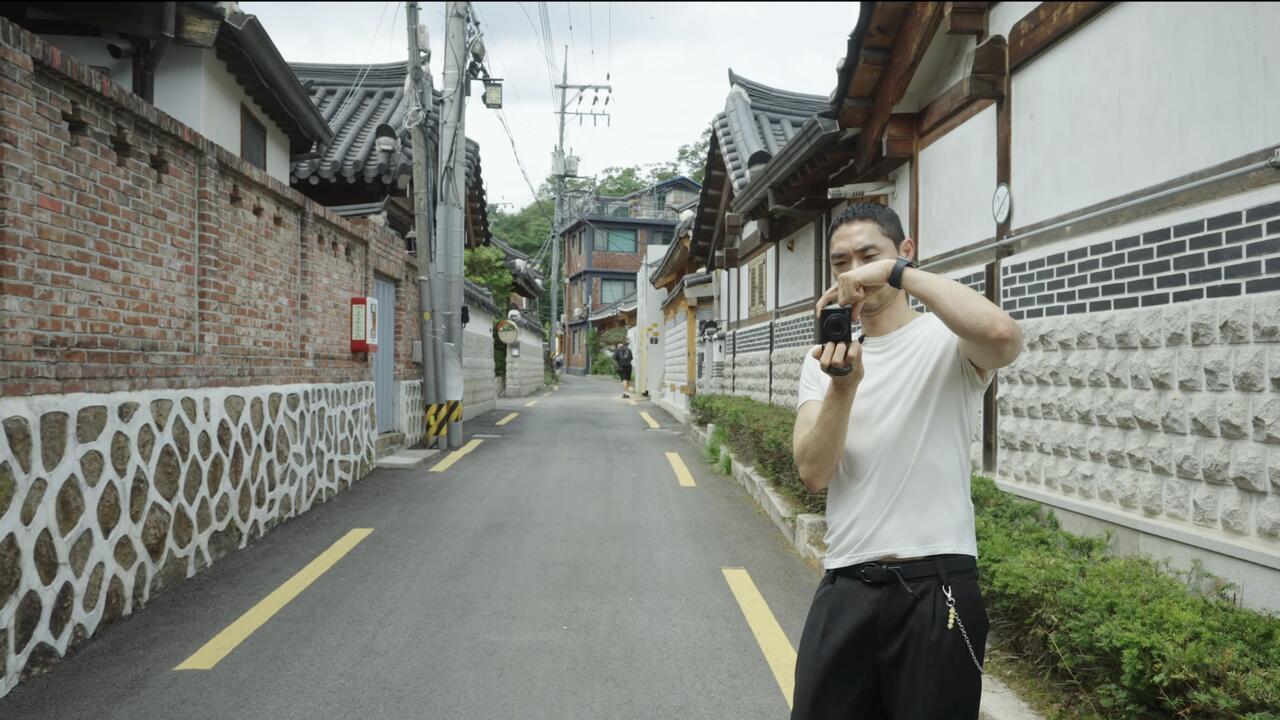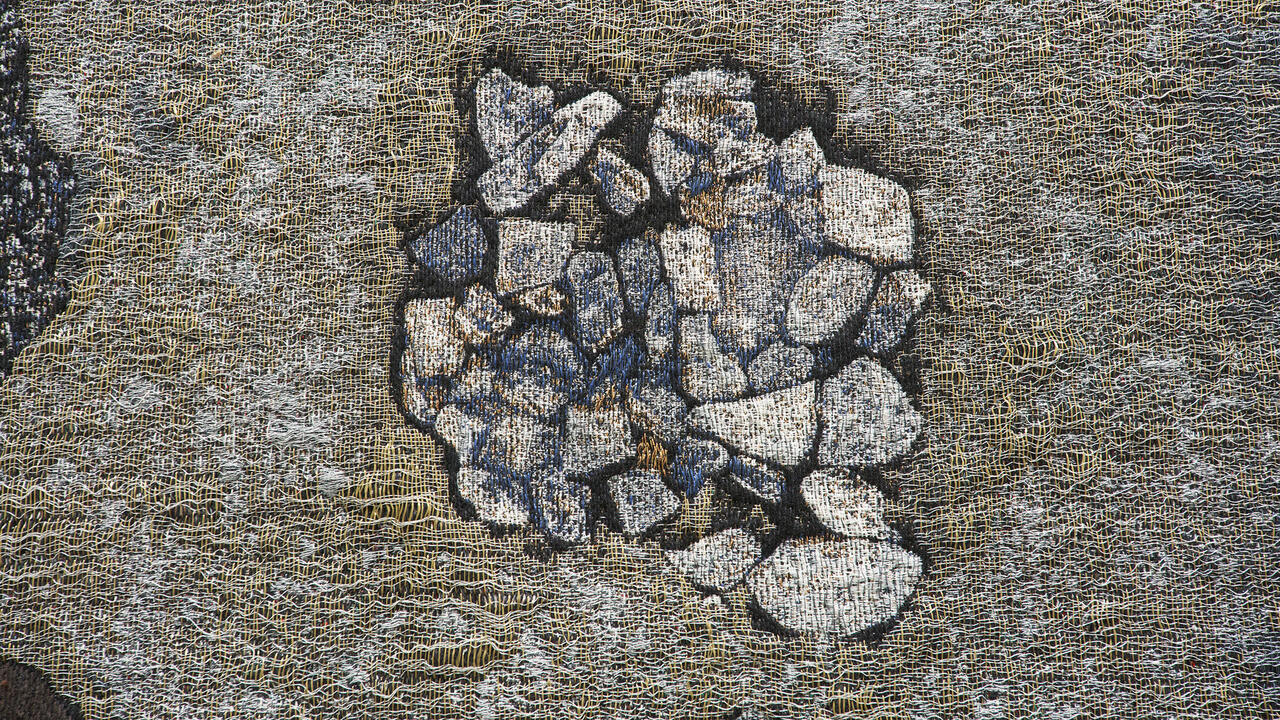Stephen Prina
Approaching Stephen Prina's work is a tricky affair. Without a guide, it's easy to get lost. Nervously, you keep checking the room brochure to help you navigate the intricate maze of cross-references that lie at the heart of his work. Take, for example, his piece Rueben Room, American Fine Arts, Co., Colin de Land Fine Art, New York, New York / (Dom Hotel, Room 101, Cologne / Dom-Hotel, Zimmer 101, Köln, 1994), Part A + B (1996). It's a waist-high construction made of light brown wood, the top of which functions as a shelf, on which a row of identical books are displayed like prayer books on a pew. Each one is opened at a different page, allowing the viewer to see the contents page by page - but they are all empty, apart from a barely visible layer of sepia.
Here is Prina's explanation of the piece: the wooden construction is a life-size replica of the exhibition space, the Rueben Room in New York where the work was previously shown. In the Rueben Room, however, the construction was based on the ground plan of a hotel room in Cologne, which served as a location in Jean-Marie Straub and While Huillet's film Not Reconciled (1965), which in turn was an adaptation of Heinrich Böll's novel Billiards at Half Past Nine (1959), from which Prina extracted a single chapter that he published as an artist's book. The book launch took place in the aforementioned hotel room. Although no text is printed on the pages of the books in the installation, the number of pages is the same as Prina's Böll publication. The chapter Prina chose from Böll's book consists of a monologue by the character Johanna Fähmel. Looking back on her life, she mourns the political persecution of one son during Germany in the 1930s and the death of another in World War II. Reconstructing the history of Prina's project thus leads back to a text that itself reflects on the painful effort of recollection.
Once you embark on Prina's hermeneutical tour de force you have to deal with numerous displacements, substitutions and contingencies in the search for the missing referent.
In the face of all the obstacles placed in the interpreter's path, however, it becomes increasingly clear that the procedure of decoding is what Prina's work is about.
A similar case can be made for a recent work entitled To the People of Frankfurt am Main: Former Site of Reconstructed Schoenberg Study, Arnold Schoenberg Institute, Room 201, University of Southern California, L.A., Reconstructed at Arnold-Schönberg-Center, Vienna. (2000). It consists of a study modelled after one Schoenberg used at the time of his exile in California during the World War II. The walls have small windows made of coloured Perspex, inscribed with the words 'When push comes to love', the title of a recent pop album by Prina, who also plays in The Red Krayola. To enter, one has to ask for the key at the gallery reception. The key is attached to the kind of key-ring popular with Hip Hop fans. Inside it is a collapsible table that was developed by the Frankfurt-based designer Uwe Fischer in 1987. On the table, a copy of Theodor W. Adorno's essay 'On the Fetishistic Constitution of Music' (1938) is displayed. Adorno was an admirer of Schoenberg. He also spent part of his exile in LA before he returned to Frankfurt in 1947. Mixing historical facts with personal association Prina creates links between Frankfurt and his hometown, LA.
In Prina's work the slippages between the visual and the real are dissolved in an intertextual play of codes, cross-references and footnotes, yet it leaves you with the uneasy feeling that there might be a hidden agenda only known to the artist himself and a circle of informed interpreters. You can't help wondering: did the death of the author lead to the rise of the expert reader?
















